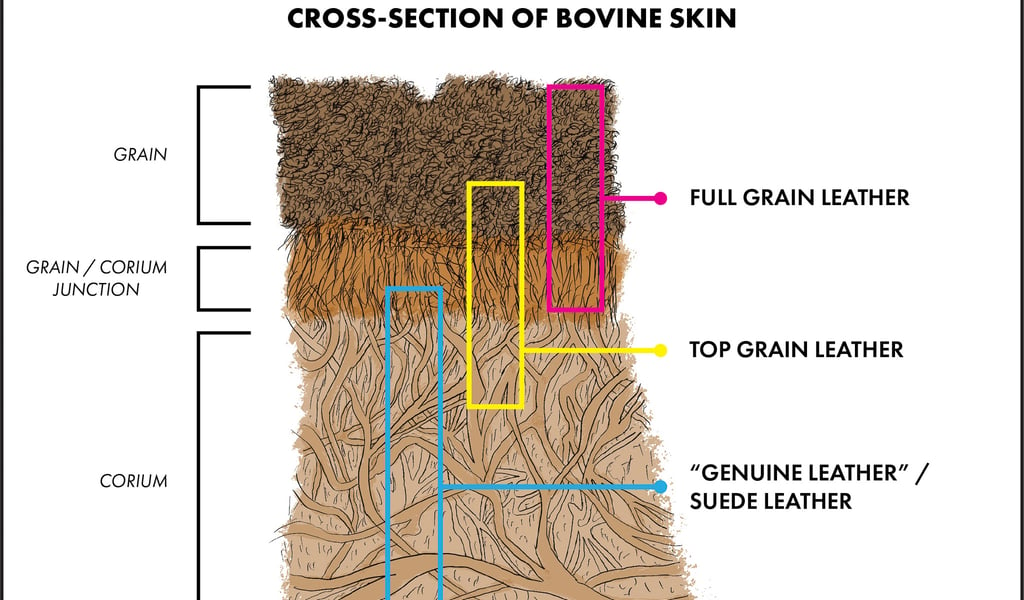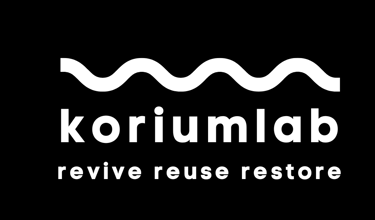Reviving Stories: The Art of Leather Restoration at Koriumlab
Restoring leather is the art of reviving its original strength, texture, and beauty through careful cleaning, conditioning, and repair. Whether it's a cracked sneaker upper or a faded vintage bag, the process involves removing embedded dirt, rehydrating the fibers with specialized conditioners, and repairing surface damage using fillers, dyes, or patching techniques. Done right, restoration not only extends the life of the leather—it honors its story and craftsmanship.
5/8/20241 min read


Cross section of leather


Here’s a breakdown of the three main leather types—think of them as tiers in both quality and character:
🥇 Full Grain Leather
Source: Topmost layer of the hide, untouched and uncorrected.
Qualities:
Retains natural grain, scars, and imperfections.
Extremely durable and breathable.
Develops a rich patina over time.
Use Cases: Premium shoes, heritage bags, luxury furniture.
Ideal for showcasing restoration mastery—every mark tells a story.
🥈 Top Grain Leather
Source: Also from the top layer, but sanded and treated.
Qualities:
Smoother, more uniform surface.
Slightly less durable than full grain.
Often coated for stain resistance.
Use Cases: Fashion accessories, mid-range upholstery.
Great for sleek finishes and mirror shines, but less character-rich.
🥉 Genuine Leather
Source: Lower layers of the hide, post-split.
Qualities:
Heavily processed to mimic higher grades.
Least durable, prone to cracking.
Budget-friendly, but lacks depth and longevity.
Use Cases: Mass-market belts, wallets, entry-level goods.
Restoration possible, but results may be limited—educational content opportunity here.
